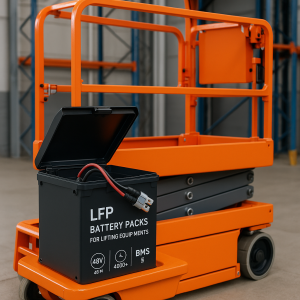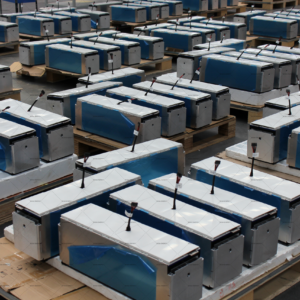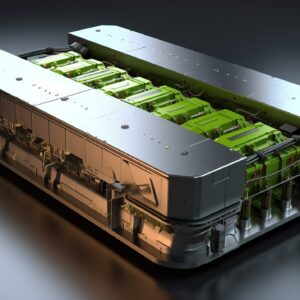Expertise in Power Solutions
BOSA delivers reliable, proven battery solutions backed by years of experience.
Quality and Reliability
BOSA uses high-quality cells and strict control to ensure safe, long-lasting performance.
Customized Battery Solutions
BOSA designs tailored battery packs to match your voltage, capacity and application needs.
Improved Environmental Performance
BOSA lithium batteries cut emissions and boost efficiency compared with lead-acid systems.
New products
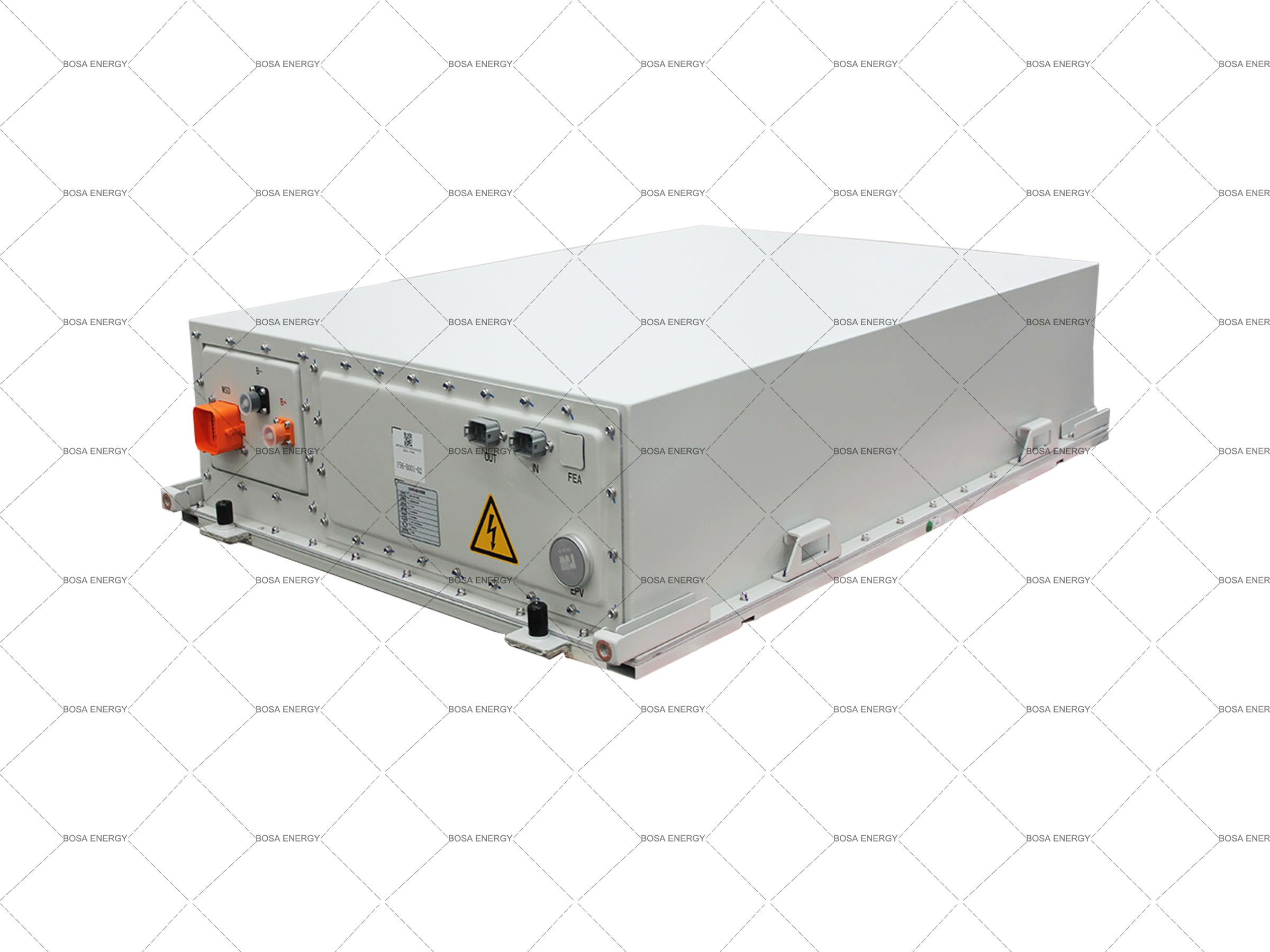
Liquid Cooling Battery Pack for ESS

Air Cooling Battery Pack for ESS
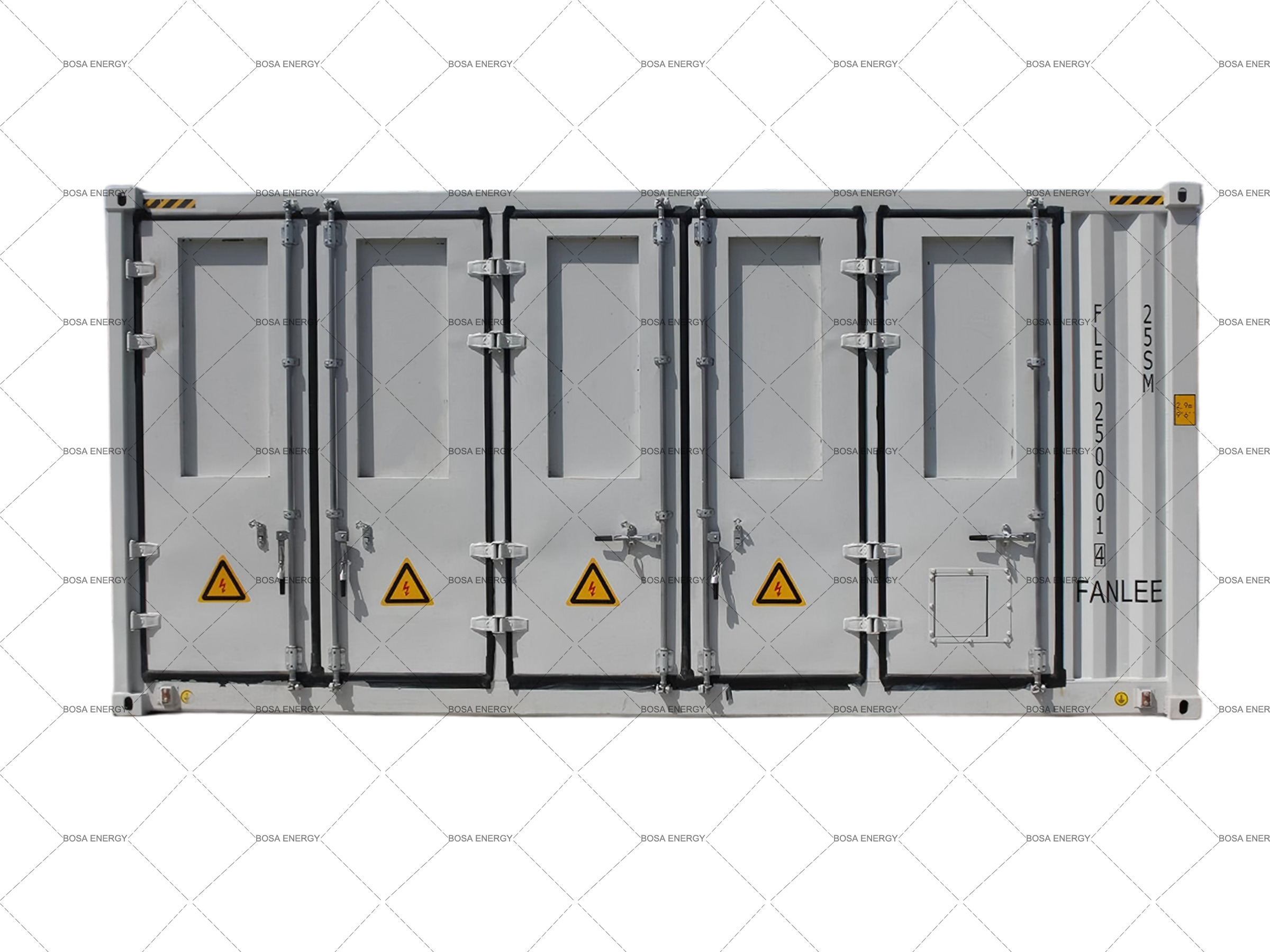
Liquid Cooling Container ESS
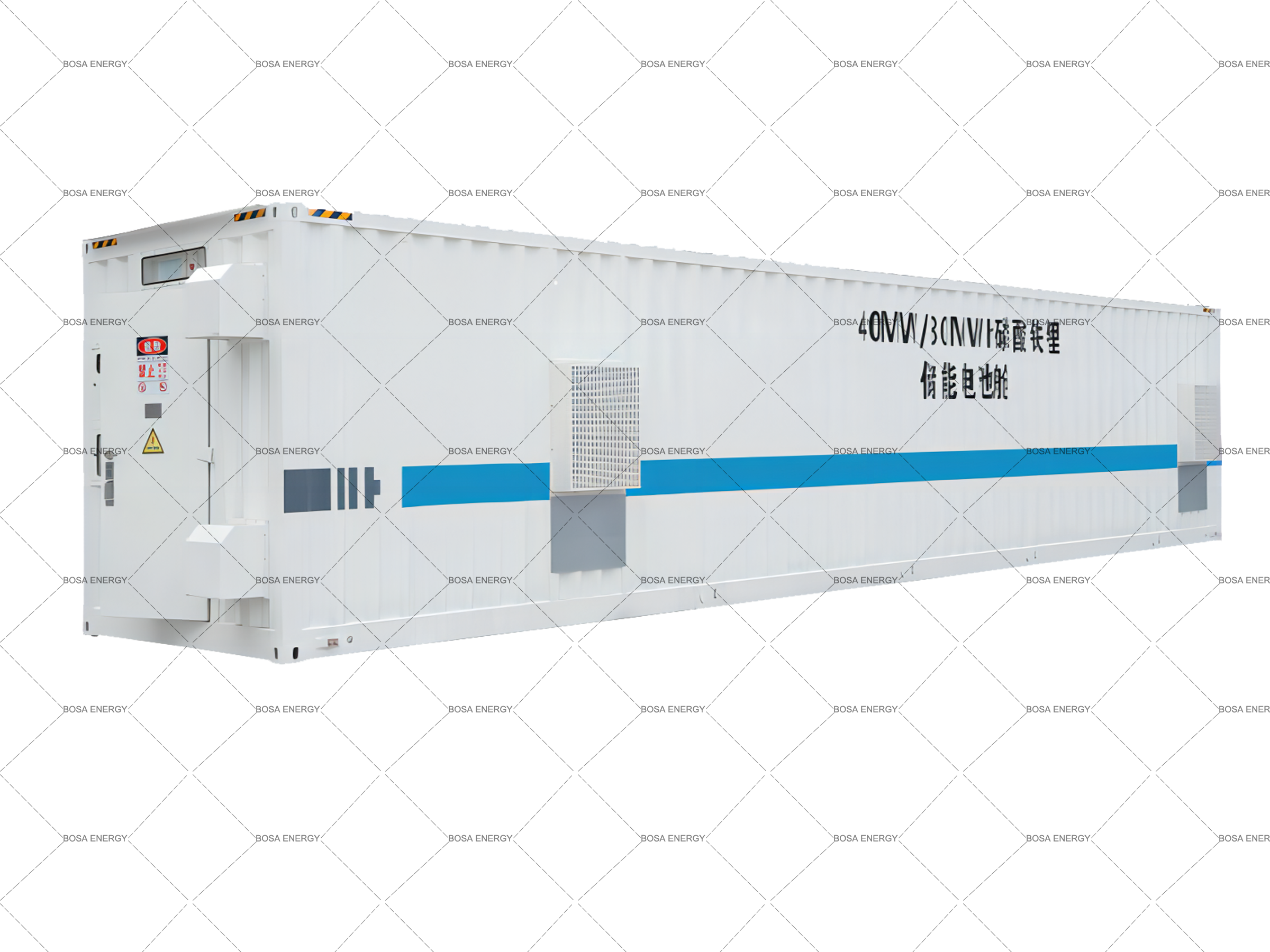
Air Cooling Container ESS
Industry Solutions

Dumper
We are committed to providing next-generation high-safety lithium-ion battery pack system solutions specifically for dump trucks. We are not just a battery supplier, but a

Tow Tractor
At a critical juncture in the global logistics industry’s transformation towards green and efficient operations, tractor units, as the mainstay of transportation, are facing the

UTV
In every conquest of mountains, deserts, and snowfields, and in every responsibility undertaken in farms, mines, and emergency rescue operations, our lithium battery pack solutions,

Electric Lift
Our lithium battery pack solutions for electric lifts provide longer-lasting, more reliable, and smarter power in every high-altitude work scenario, including construction sites, equipment installation,
Latest articles
2025/12/18
Well-known sweeper brand
1.Karcher Karcher is a global leader in cleaning technologies, offering a full range of equipment including pressure washers, floor scrubbers, and vacuum cleaners. Known for its innovation and quality, Karcher provides solutions for both home and professional cleaning applications. Its unwavering commitment to sustainability and superior performance has made it a trusted brand worldwide. Ideal […]

Top 10 Golf Cart Brands by 2025
1. Club Car A perennial leader in the industry, Club Car continues to be a top golf cart manufacturer known for its robust construction and wide range of models. Their models, like the Onward series, are highly regarded for their customization options and premium features, making them a popular choice for both personal and fleet use. 2. Yamaha Yamaha brings its world-renowned Japanese engineering and manufacturing precision to the golf cart market. Known for its quiet and smooth-riding gas-powered models,
Why do most balcony energy storage systems choose LFP?
Why LFP is the default choice for balcony energy storage: Safer: Material safety,Suitable for balconies and other locations close to living areas. Long lifespan: Commonly boasts a cycle life of ≥3000 cycles, resulting in an exceptionally long service life.The lifespan can be further extended through temperature control and BMS optimization. Highly economical: Predictable degradation curves reduce uncertainty in LCOS (Levelized Cost of Storage) and IRR (Internal Rate of Return). Compliance-friendly: Complies with mainstream safety and transportation standards. Key Design Considerations
What is the battery charge cycle life?
There is only one criterion for a true complete charge cycle: the battery’s cumulative discharge reaches its rated capacity. Simply put, it means that the total amount of electricity discharged from a fully charged state is exactly equal to its standard capacity (such as 60kWh or 80kWh). This is what constitutes a complete cycle, and it has no direct relation to the number of times the battery has been charged. Key factors affecting battery cycle life Depth of discharge: Don’t
User comments
LFP Battery Packs for Lifting Equipment
"These LFP battery packs are a game-changer for our lifting equipment. We’ve been using them for months now, and they perform reliably with consistent power. Highly recommend!"

LFP Battery Packs for Golf Carts
"The battery packs for our golf carts have been fantastic. They charge quickly and last a long time. Perfect for long days on the course without worrying about running out of power."

LFP Battery Packs for Electric Sweepers
"We replaced our old forklift batteries with these LFP packs, and the difference is night and day. Faster charging times and better durability, making our warehouse operations much more efficient."



